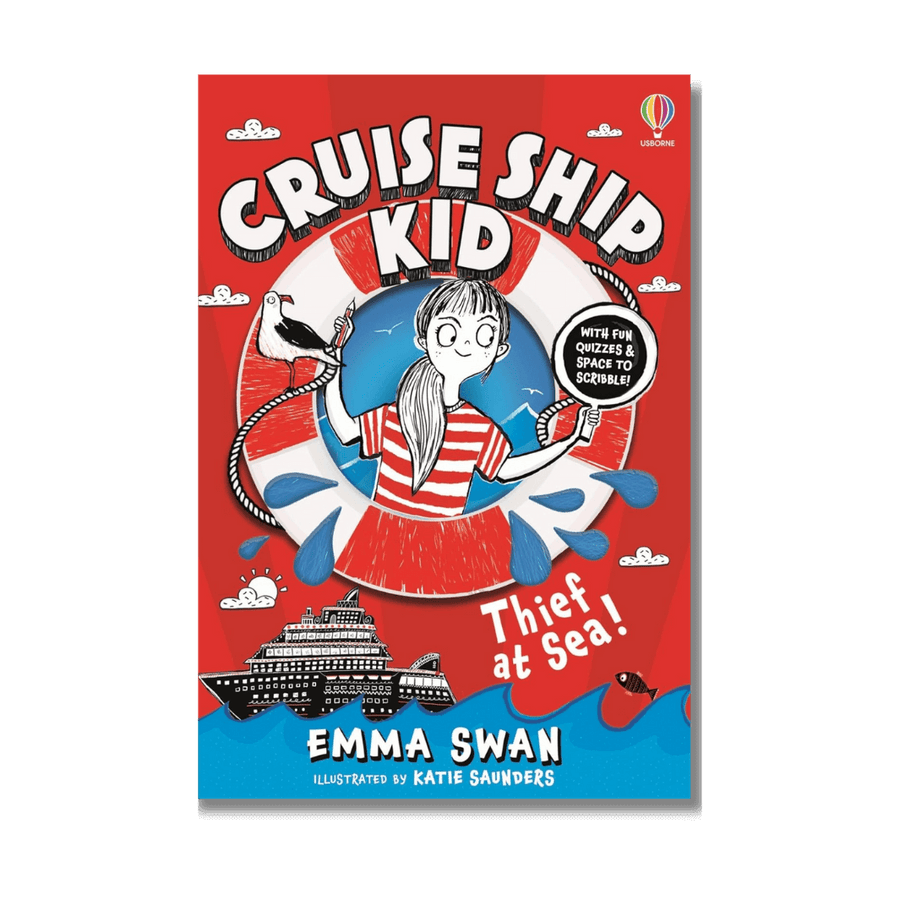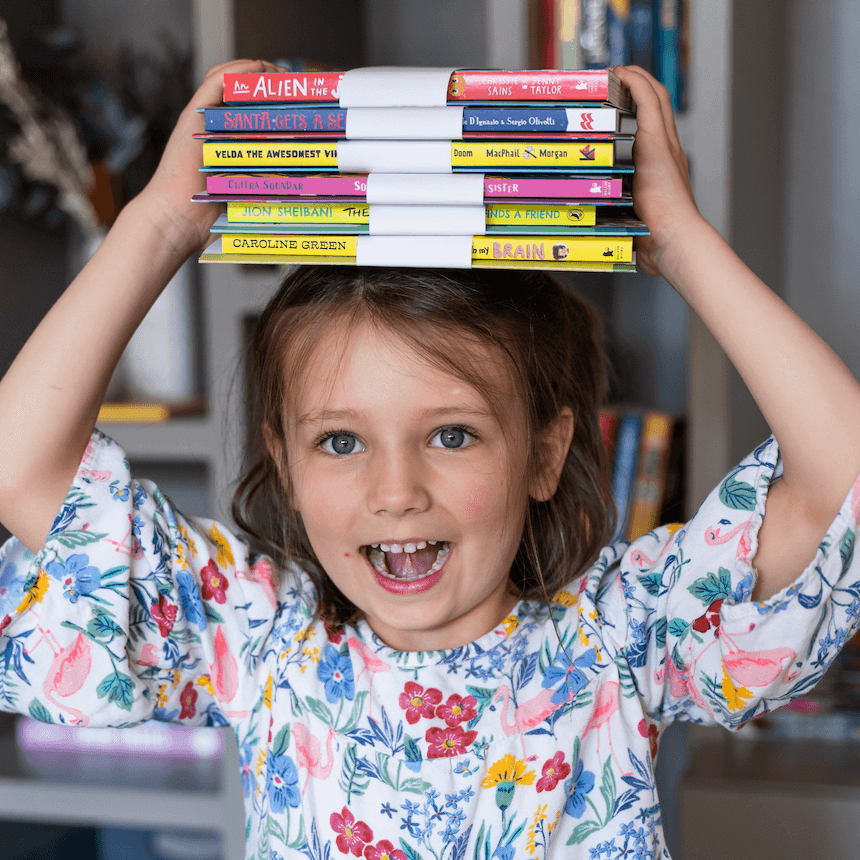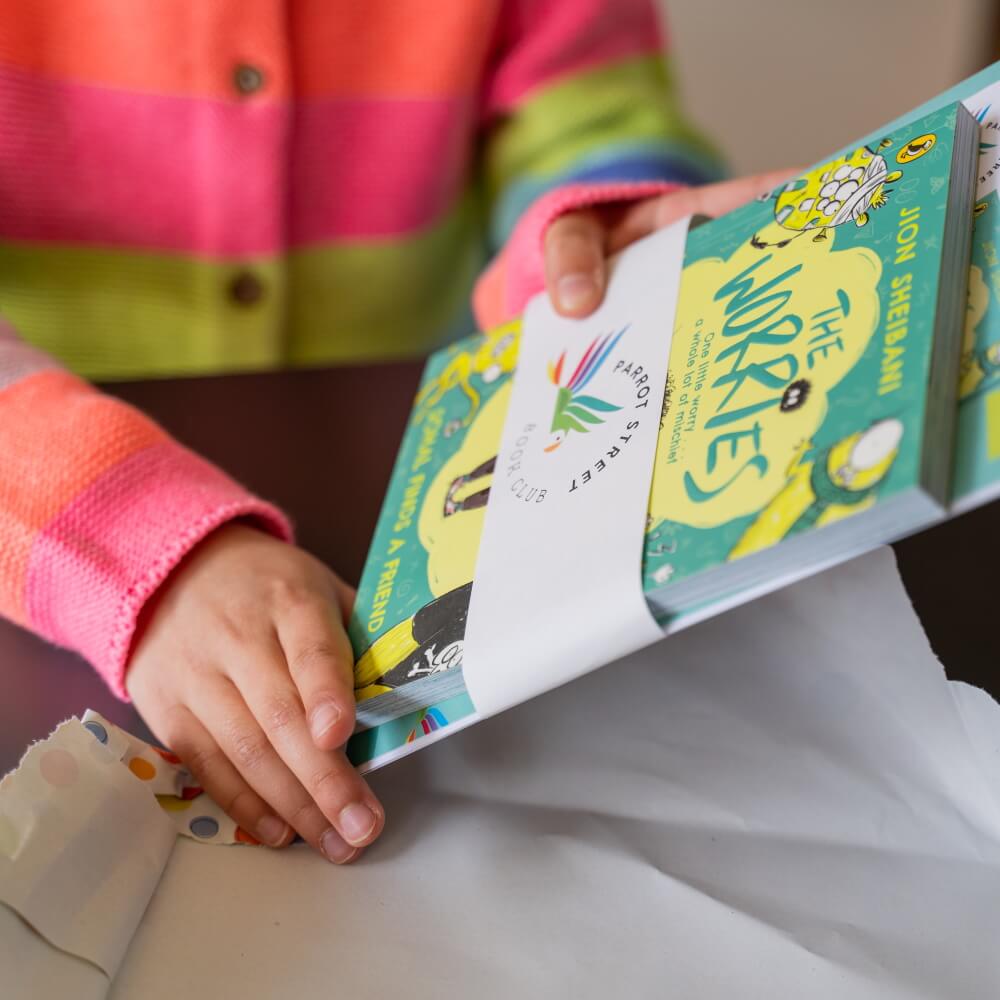Explore more with The Map of Leaves

We hope you enjoy these additional ideas and activities related to the brilliant The Map of Leaves by Yarrow Townsend. Have you read it yet? We'd love to know what you thought of it.
Share your thoughts or a review


- How would you describe Orla?
- Each child has very different skills. Do you think Orla underestimates the value the others could bring? If so, why? Could Orla have solved the mystery alone?
- Do you think Orla deserves the help of Idris and Ariana?
- What if anything surprises you about the way the village responds to Atlas?
- Do you think Orla makes the right decisions?
- What do you think Orla learns from her journey?
- Which character do you most relate to and why?

The oldest tree in the UK is believed to be the Fortingall Yew in Perthshire, Scotland, which experts estimate is around 3000 years old.


Makes 2 flowers
You will need:
- Two large squares of tissue paper, ideally contrasting colours
- A ruler
- Sharp scissors (please be careful!)
- A stapler
-
Lay out your first sheet of tissue paper and fold it into thirds, using your ruler to help if necessary. Cut down the folds so that you are left with three strips.
-
Lay the three strips on top of each other and fold into thirds. Cut down the folds so that you are left with 9 squares of tissue paper, all roughly the same size
-
Repeat steps 1 and 2 with the second sheet of tissue paper.
-
Make a stack of 9 sheets of paper, organised so that 6 layers of one colour are on the bottom (they will be your petals) and 3 layers of the other colour are at the top (they will be the centre of the flower).
-
Fold the paper like an accordion

- Separate the stack into the two different colours and refold. Use your scissors to cut a rounded shape at each end of the accordion that will be the petals. For the centre of the flower, cut each end of the accordion into lots of thin strips, like a fringe
- Open up each accordion and lay the centre back on top of the petals, before refolding again
- Staple the folded stack in the middle.
-
Open the accordion to a slight bow shape and then, holding the staple, start to very gently bringing each layer of the fringed petals on one side upwards. You will need to be careful not to rip any. Move on to fluffing up the main petals too and gradually bringing them into the shape of half the flower.

-
Repeat step 9 with the other side of the flower, trying to carefully interweave the petals where the two sides join.
-
Repeat steps 4-10 with the remaining paper to make your second flower

b. Gatekeeper
c. Rose chafer

What features will you include in your miniature garden?


We bet you can get really creative with these leaf printing ideas!

13% of the UK is covered by woodland. It sounds like a lot, but the average across Europe is 37%, and we need at least 19% coverage if the UK is to meet its carbon net zero target by 2050.

Approximately how many species of tree are there on the planet?
a. 1000b. 6000
c. 60,000
d. 100,000

Why not have a go at even more nature-inspired craft with these fun origami leaves?
Quick Quiz Answers:
1. Rose chafer (which is in fact a species of beetle)
2. 60,000







